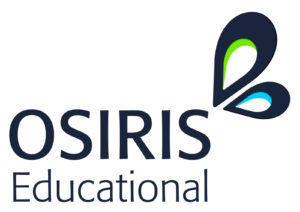Using the new Teachers’ Standards to develop Outstanding G&T 
Practice and Challenge for ALL Learners
Quite a few inspection and research reports have been consistently telling us about the significant lack of appropriate teaching for able, gifted and talented [AG&T] pupils. However, those of us working daily in, with and on behalf of schools know, especially through the examples of great practice in many schools over many years, that Joseph Renzulli’s ‘rising tide’ continues to keep buoyant a great number of professional, pedagogical and pupil ships.
Now, in support of us all in the profession, the new Teachers’ Standards, which became ‘real’ in September 2012, have clear expectations of effective differentiation and include specific mention of pupils “of high ability” (aka AG&T). This underpins for
me, yet again, the premise that ‘differentiation from the top’ and planning for stretch and challenge for the AG&T supports and ensures effective differentiation, stretch and challenge for ALL learners.
Teachers can personalise the ‘clues’ in the Standards’ sub-headings to cite examples of their own practice that engages learners and maximises impact on learning. Use the clues to view learning through the lens of the learners, as John Hattie, in “Visible learning for Teachers” suggests.
Responding to strengths and needs of all pupils
Standard 5, for instance, “adapt teaching to respond to the
strengths and needs of all pupils”, is a key focus. For teachers of what I call ‘aspiring and
perspiring’ AG&T pupils, and the ‘rising tide’ approach, there are some great pointers to home in on, for example…
1. Know when and how to differentiate appropriately, using
approaches which enable pupils to be taught effectively
2. Have a secure understanding of how a range of factors can
inhibit pupils’ ability to learn, and how best to overcome these
3. Demonstrate an awareness of the physical, social and
intellectual development of children, and know how to adapt teaching to support pupils’ education at different stages of development
4. Have a clear understanding of the needs of all pupils, including those with special educational needs; those of high ability; those with English as an
additional language; those with disabilities; and be able to use and evaluate distinctive
teaching approaches to engage and support them.
Caveat! Those of ‘high ability’ includes some pupils who have ‘special educational needs’ (dual and multiple exceptionality); some with EAL (whose mathematical
ability, for instance, stands out in comparison to their peers, although whose literacy skills may not yet be ’up to scratch’); others whose physical disability may, but must not, mask their intellectual and creative thinking. It is pretty straightforward to turn the 4
aspects from Standard 5 above into key questions. These then comprise a ‘thinking frame’ for you, as a reflective professional, to demonstrate not only the implementation but also the impact of your everyday practice…
Standard 5: Adapt teaching to respond to the strengths and needs of all pupils
Aspect 1 What range of differentiation strategies do I use, in planning and provision, to enable my ‘aspiring’ and ‘perspiring’ AG&T pupils to learn effectively?
Aspect 2 What range of everyday classroom approaches do I undertake so as not to inhibit my actual and potential AG&T pupils’ ability to learn?
Aspect 3 How effectively do I use my knowledge and understanding of the physical, social and intellectual development of my pupils, in the context of our school’s T&L and AG&T policy statements, when planning and providing for the learners in my classes?
Aspect 4 How do I evaluate the teaching approaches that I use to engage and support my ‘actual and potential’ high ability pupils in the context of the stretch and challenge needs of all my pupils?
So far, so good! … the challenge is in the answers to the questions! My next blog contribution will demonstrate how this can be done and how your responses
contribute not only to the demonstrative impact of your practice but also to your
school’s appraisal and CPD processes ….
Ann Bridgland September 2012
Ann is a specialist in the area of Gifted and Talented and has previously been a Local Authority Senior Adviser and Lead Trainer for Gifted and Talented. She is at the forefront of the latest government policies and has given evidence to the House of Commons Inquiry into the needs of ‘able pupils’, been a member of the DCSF’s advisory group on ‘able pupils’ and was also the Lead Professional on the national G&T Programme.She has published articles in G&T Update, is a NACE Tutor and works extensively with all types of schools to ensure her advice is ‘real’ and applicable to all leaners. Her training is packed with practical, sustainable activities and resources that can be implemented from tomorrow.Ann runs the following courses with Osiris Educational:
Embedding G&T into every classroom and G&T 2013.


